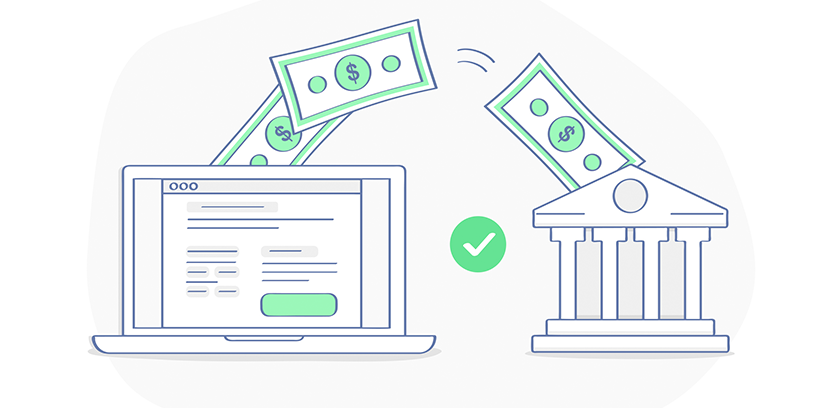
If a client has ever asked about your payment options, you have some idea of the multitude and complexity of B2B payments. It's important to be flexible in your payment options, allowing your clients to pay in any way that's easier for them and quicker for you. Slow-paying clients can kill your business, affecting cash flow, working capital and all that you need to keep producing your goods and services.
While B2B payment options can be overwhelming, growing businesses must understand the reasons for flexibility and choosing the options that work best for clients.
Understanding B2B Payment Options
Difference Between B2C and B2B Payments
Before diving into an understanding of B2B payments, let's first examine how they're different from B2C payments. For those businesses that sell primarily to consumers, your business would be referred to as B2C - business-to-consumer. Both transactions are required to be secure and compliant. Both may require some sort of credit check, for instance, when a consumer is financing or when a credit manager determines the creditworthiness a business. However there are differences:
- Consumer payments are typically made at the point of sale.
- Business payments have a longer life-cycle and involve invoicing, being paid after a certain amount of time or through recurring transactions.
- The cost of a consumer transaction may be considerably lower than a business transaction.
- Consumer transactions are immediate and typically require no signed contract.
- Business payments rely on a relationship with another business and a signed agreement.
See also: How are B2B and B2C Different?
Adoption Rates for Electronic B2B Payments
Many businesses struggle with the persistent question of taking digital or electronic B2B payments. Making payments easier for clients means that invoices are paid faster, days sales outstanding (DSO) is reduced and the working capital is available. Even with this knowledge, a 2016 electronic payments survey showed that over half of businesses still wait by the mailbox and manually deposit checks for B2B payments. The reason is that digital payments come with their own headaches.
The slow adoption rate of digital B2B payments are due to:
- Transaction fees
- Concerns about security and data breaches
- Tracking payment by check is often easier than electronic payments
- Checks create a paper trail
- Cost and implementation of complex technology and infrastructure
Current trends in business payments range from virtual credit cards, self-service portals and mobile wallets. Investing in new infrastructure can give pause to a business owner or CIO because of the expense and how quickly it could be outdated.
Increase Working Capital
With all that said, the best way to increase working capital is to ensure that your clients are paying their invoices in a timely manner. Investing in invoicing, accounting or ERP software that will help automate billing and payment can reduce the timeline of sending an invoice and waiting on a check. Automating the process can also help ensure:
- Consistent accounting procedures
- Regular invoicing
- Proactive reporting of late payments
- Increased cash flow and available working capital
An electronic system can also store and track information on any clients that need to be reported to collections for non-payment. Notes and documentation can be easily retrieved for first or third party collections so the likelihood of payment recovery is greater.
While there are several B2B payment options available, the best choice will be what your clients are using in your industry. Meeting your clients where they are, and making payment easier, will pave the way to success for your business.
Customers not paying invoices on time?
HOW TO COLLECT PAST-DUE B2B PAYMENTS




